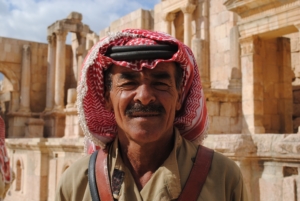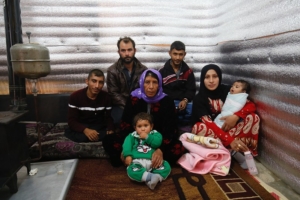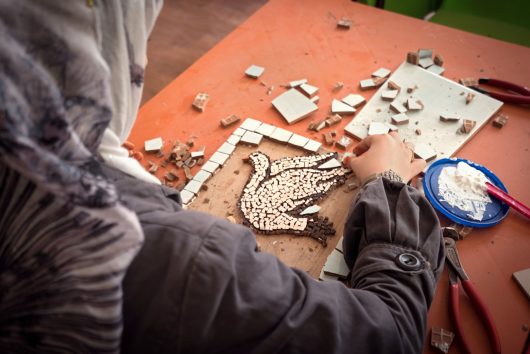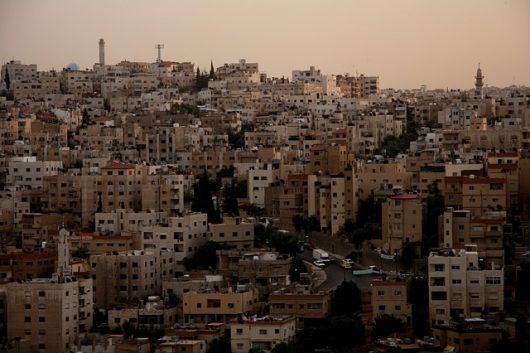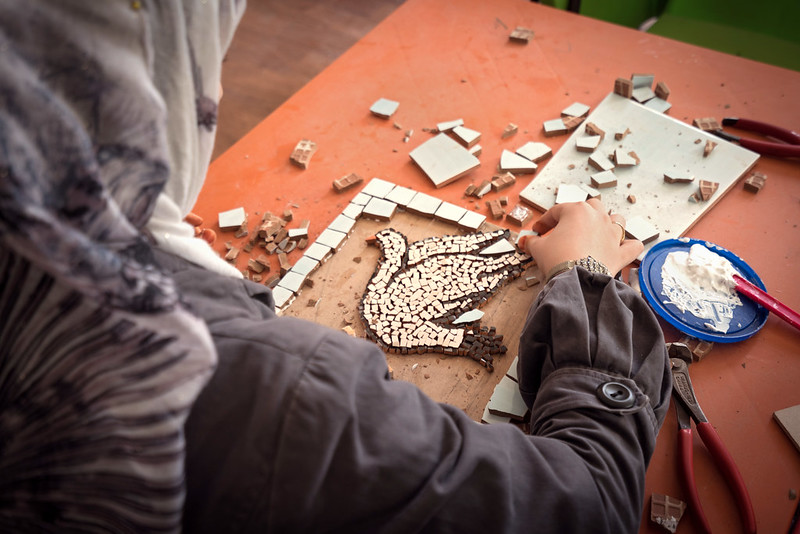 In the expansive refugee camps of Zaatari and Azraq in Jordan, a beacon of hope shines brightly through the implementation of cash-for-work programs. These initiatives, resulting from a partnership between the United Nations High Commissioner for Refugees (UNHCR), the Jordanian government and a consortium of humanitarian organizations, offer more than mere employment opportunities; they provide a crucial pathway to empowerment and self-reliance for thousands of displaced Syrians seeking refuge from the turmoil of their homeland.
In the expansive refugee camps of Zaatari and Azraq in Jordan, a beacon of hope shines brightly through the implementation of cash-for-work programs. These initiatives, resulting from a partnership between the United Nations High Commissioner for Refugees (UNHCR), the Jordanian government and a consortium of humanitarian organizations, offer more than mere employment opportunities; they provide a crucial pathway to empowerment and self-reliance for thousands of displaced Syrians seeking refuge from the turmoil of their homeland.
A Closer Look at Cash for Work Initiatives
Meticulously designing cash-for-work programs serves a dual purpose: aiding refugee communities by integrating them into the workforce and contributing positively to the local economy. Refugees take on various roles, from essential waste management tasks to teaching positions, each specifically tailored to meet the unique needs of the camp’s inhabitants. A notable project within the Zaatari camp saw refugees actively involved in constructing durable shelters, effectively transitioning their living conditions from temporary tents to more stable and permanent homes. This project gave refugees valuable construction skills and instilled a sense of accomplishment and community contribution.
Quantifying Impact: A Data-Driven Perspective
The success of these programs is more than merely anecdotal; compelling data and statistics support it. In 2021, the government and UNHCR released figures indicating that they granted a record-breaking 62,000 work permits to Syrians, marking the highest yearly figure since it was introduced. The financial injection is significant, but the psychological and social benefits extend beyond monetary measures.
For instance, Etidal, the primary caregiver of her severely diabetic husband, gained the ability to support her family financially through a volunteering opportunity with CARE International.
Over time, she transitioned into a hydroponics trainer, preparing others for similar opportunities. She expressed, “Through my job in the camp, I became the sole financial supporter of my beautiful family.”
Comprehensive Benefits and Psychological Impacts
The programs offer multifaceted benefits, significantly impacting participants’ mental health and community cohesion. Engaging in meaningful work allows refugees to regain a sense of normalcy, control and pride in their lives, combating the despair and idleness that can pervade camp life. These jobs fulfill immediate financial needs and foster a productive environment where refugees can contribute and feel valued by their community.
Despite their evident success, cash-for-work programs encounter challenges. Critics caution against potential risks, such as creating dependency or inadvertently distorting local labor markets. Furthermore, maintaining consistent funding and effectively scaling these initiatives to meet growing demands without compromising quality or sustainability remains an ongoing battle.
Conclusion: A Model for Humanitarian Aid
Cash-for-work programs in Syrian refugee camps exemplify humanitarian aid prioritizing dignity, empowerment and active community engagement. These initiatives provide immediate financial relief and pave the way for long-term development and self-sufficiency. By interweaving direct aid with strategic development efforts, these programs support refugee populations in reclaiming autonomy and preparing for a hopeful future.
As the world grapples with unprecedented displacement levels, success stories from Jordan’s refugee camps serve as a powerful testament to the potential of innovative, work-based solutions in humanitarian crises. These programs illuminate the path toward a more sustainable and dignified approach to refugee aid, offering valuable lessons and inspiration for global responses to displacement and poverty.
– Hana Al-Khodairi
Photo: Flickr

 Jordan has been experiencing food insecurity challenges due to
Jordan has been experiencing food insecurity challenges due to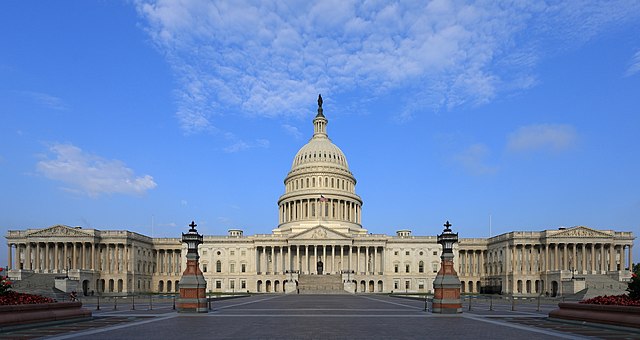 The percentage of GDP toward U.S. foreign aid is lower than most people expect, not even making it among the top 20 when compared to similar OECD nations. However, the U.S. does rank first in the amount of aid given, with over
The percentage of GDP toward U.S. foreign aid is lower than most people expect, not even making it among the top 20 when compared to similar OECD nations. However, the U.S. does rank first in the amount of aid given, with over 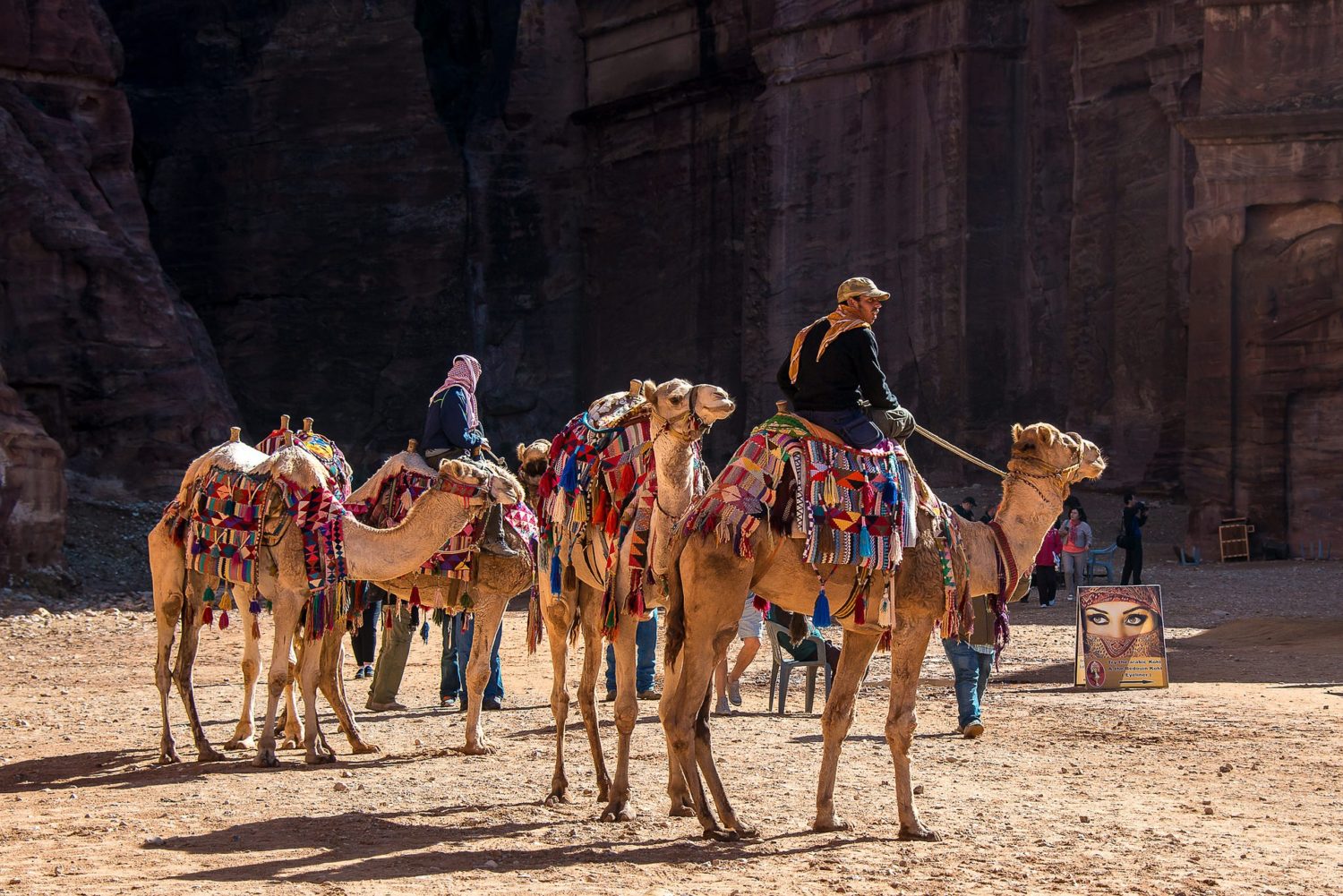 Homelessness is a major issue that almost all countries face around the world. There are many explanations for high rates of homelessness, such as mental health, addiction, unemployment, previous imprisonment and more. However, Jordan presents some of the lowest rates of homelessness across the entire world. In fact, homelessness in Jordan ceases to exist.
Homelessness is a major issue that almost all countries face around the world. There are many explanations for high rates of homelessness, such as mental health, addiction, unemployment, previous imprisonment and more. However, Jordan presents some of the lowest rates of homelessness across the entire world. In fact, homelessness in Jordan ceases to exist.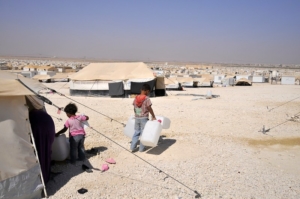 The country of Jordan is the
The country of Jordan is the 